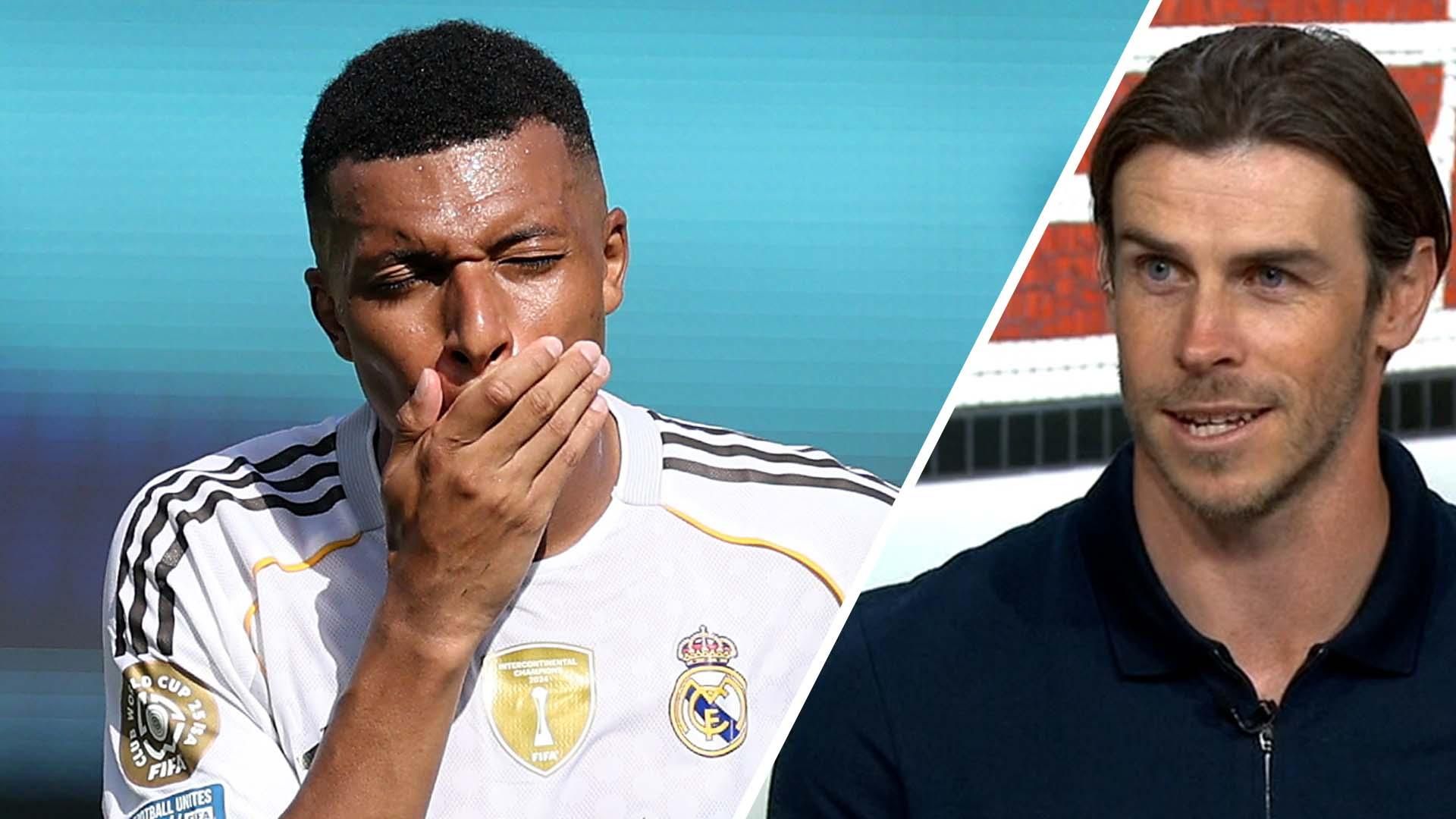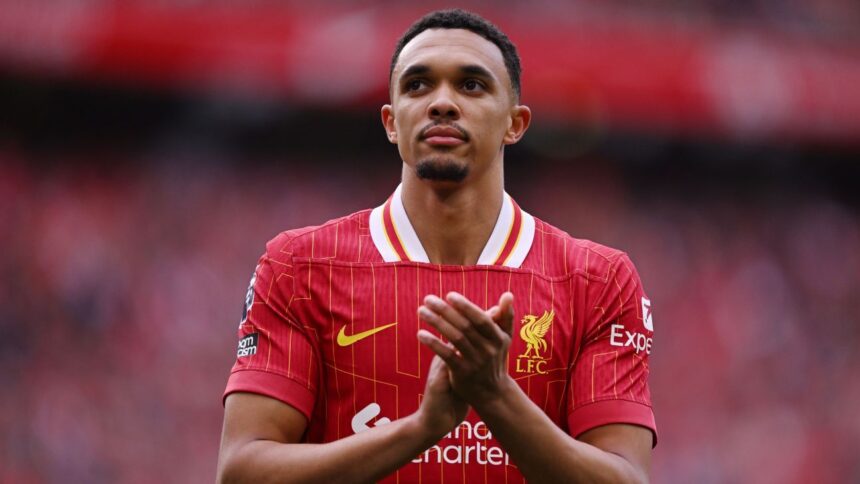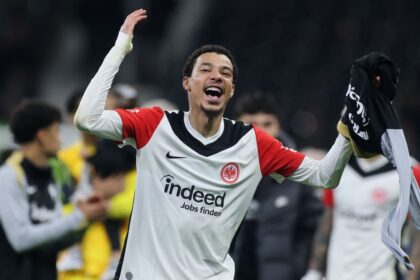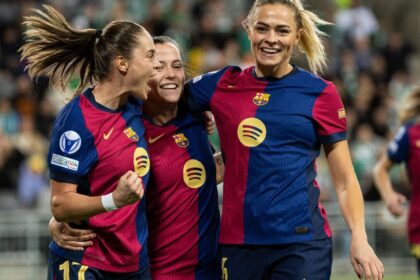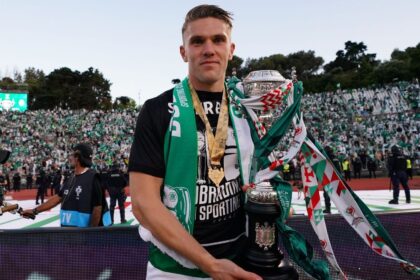At just 20 years old, Trent Alexander-Arnold was already forging his legend at Liverpool. The clock showed 78:10, and Liverpool was preparing for another epic comeback in Europe, this time against Barcelona in the second leg of the 2019 Champions League semi-finals. Alexander-Arnold, lining up for a corner, noticed Barcelona’s defensive lack of attention and took advantage of it with a masterful pass to Divock Origi, who sealed the pass to the final. There, Liverpool would conquer their sixth European crown by defeating Tottenham Hotspur. The success continued in the following years. Liverpool won two Premier League titles and reached another Champions League final in 2022, establishing themselves as one of the best clubs in Europe since the late 2010s. Alexander-Arnold was key to this success, ranking third in assists in the Premier League from 2018 to last season. His ability to create play, both in open play and from set pieces, from the full-back position, is exceptional. Alexander-Arnold’s talent is scarce, and Liverpool was the great beneficiary for almost a decade. Now, after the expiration of his contract, he undertakes a new challenge with Real Madrid. The Club World Cup, in which the Spanish team was defeated by Paris Saint-Germain in the semi-finals, marked the beginning of a new chapter for the English player, and we were able to glimpse what he could contribute to LaLiga. But before projecting what will come, it’s crucial to review Alexander-Arnold’s trajectory to this point.
The First Days under Klopp
The Liverpool that Jürgen Klopp took and molded at the beginning of his tenure was very different from the one that achieved success. Back then, the team played a purer “heavy metal” football, which had swept through the German league when Klopp was at Borussia Dortmund. It was based on “counterpressing”, intense pressure after losing possession to regain the ball and prevent the counterattack.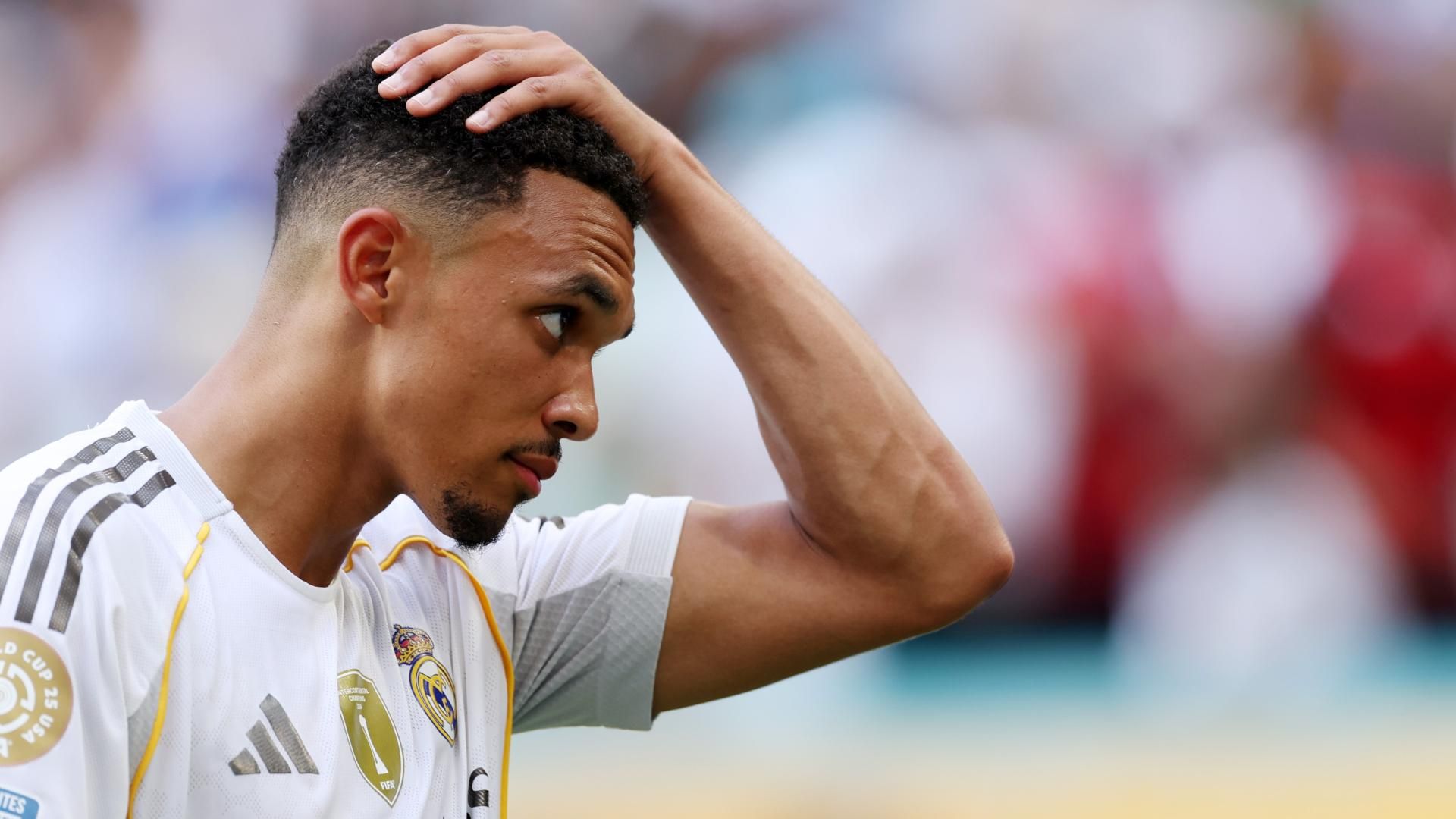
The Influence of Alexander-Arnold
The Liverpool attack was consolidated in the 2010s, largely thanks to good recruitment and some luck. The club signed top-level talents for relatively low fees: Roberto Firmino, Sadio Mané, and Mohamed Salah. The arrival of Andrew Robertson in the summer of 2017 was immediate, playing regularly in both the league and the Champions League. Alexander-Arnold emerged from the club’s youth academy as a teenager, also with consistent minutes, which is uncommon. Combining all this, the backbone of one of the most captivating attacks in Europe was formed.
The Inverted Lateral Experiment
Towards the end of the 2022-23 season, an interesting pattern emerged. Liverpool experienced a decline in form compared to previous campaigns, missing out on Champions League qualification, something that hadn’t happened since Klopp was hired in October 2015. Rivals were better prepared to plan against Liverpool’s base attack, and, combined with the aging of the midfield core, they were more susceptible to transition attacks. While Liverpool had always conceded high-quality chances on average in the past (an inevitability for proactive defensive teams), the creation of high recoveries helped keep the volume low and in their favor. That was not the case in 2022-23. As such, Klopp made the interesting decision to move Alexander-Arnold more centrally as part of a double pivot. The idea of full-backs moving inside as midfielders in possession had become fashionable as a method to assert control. Why? Because by overloading the center, you are more likely to progress between the lines. If the opposition tries to combat that with a narrower out-of-possession structure, there is easier access to the wings. While Alexander-Arnold previously had license to roam inside when needed, he tended to operate as a typical full-back during the 2010s. As Liverpool no longer controlled matches as they had in previous seasons, it was worth trying to change his role. The results were instantaneous. From the international break in March until the end of the season, Liverpool tied for third place in points per game. Their underlying numbers were what you would expect from a top-four team, an improvement over their performance for most of the season before the change, but still below the previous season. The 2023-24 campaign was even more promising, with Liverpool at the center of the title race for long periods. If it weren’t for Salah’s injury and the drop in form after the 2024 Africa Cup of Nations, their twentieth league title might have arrived a year earlier than it did. What made Alexander-Arnold’s interpretation of the inverted full-back role interesting was that, while he became more meticulous with the pace of his passes, he often displayed the directness we associate with him. Conversely, someone like Oleksandr Zinchenko would seek to circulate possession, show fluid off-the-ball positioning, and act as a decoy. Alexander-Arnold would constantly look to launch forward passes as a playmaker from deep, whether between the lines or over the opposing defensive line. More than anything, his presence in the center was to help create more transition moments, which fit with the club’s M.O. In the 2023-24 season, Alexander-Arnold was sixth in the Premier League for total completed through balls, according to FBref, with no other defender coming close in the rankings. It’s fair to say that Alexander-Arnold performed admirably during this stretch and remained a dynamic playmaker, but the new usage wasn’t without flaws. In particular, he wasn’t the most graceful under pressure, and his back-to-goal play was uneven, making him more vulnerable to pressure than midfielders or even inverted full-backs selected. This led Klopp to try to put him in more forward-facing situations outside the opposing block when receiving in the center as the 2023-24 season progressed.Swan Song under Slot
The 2024-25 season saw Alexander-Arnold return more to the role he had in previous years. A greater proportion of his open play touches were from the right wing, and he didn’t try to play as a central midfielder as often. While he still had more freedom to roam through the center compared to his early years, he was more measured and selective. Liverpool under coach Arne Slot last season was a bit different compared to Klopp’s team. The Dutch coach prioritized a greater emphasis on control through building from the center, including moments when Liverpool tried to attract pressure in the hope of creating artificial transitions. In settled possession, they would often have four behind the ball during the build-up, with a single midfielder or a double pivot in place. The midfield trio formed by Ryan Gravenberch, Alexis Mac Allister, and Dominik Szoboszlai was a massive change from what Liverpool had in previous years, and it was the basis for playing through the opposition. In the early stages of possession, Alexander-Arnold himself would often be the most advanced of the four defenders, which would resemble an L shape. This had a domino effect where Alexander-Arnold’s attacking gifts were used less frequently and he was no longer the creative hub he had been in previous seasons. His statistics showed a notable reduction, as others in the team took on more responsibilities. There was a greater level of caution in his approach, in line with the overall tactics. There were still moments when Alexander-Arnold’s passes helped tilt matches. He had a late secondary assist to help Liverpool draw at Arsenal in October through a perfectly weighted lob to Darwin Núñez. In Liverpool’s 6-3 victory over Tottenham Hotspur during the Christmas period, he delivered a pinpoint cross to Luis Díaz for the opening goal. In the 90th minute away to Brentford in January, Alexander-Arnold’s run into the right-hand area and eventual low cross were met by Núñez to break the deadlock in what turned out to be a 2-0 win.
Assuming a New Challenge in Spain
Once it became clear that Alexander-Arnold would sign with Real Madrid, there was considerable intrigue about how he would fit into their starting eleven. This was especially true once Xabi Alonso became the club’s coach. What we did know about Alonso’s time with Bayer Leverkusen was his insistence on controlling matches, not out of a dogmatic adherence to formation or structure, but because he had clear principles both in and out of possession. From there, he adapts to the skill sets available to him within the team so that they can solve problems on the fly over the course of 90 minutes. Some thought there could be an initial synergy with Vinícius Júnior and Kylian Mbappé. Those two are some of the best in the world at piercing high defensive lines through straight-line runs behind the opposition. They could take advantage of long aerial balls directed towards them, especially in moments of controlled chaos from high recoveries or second ball recoveries. Whenever Alexander-Arnold takes up aggressive positions against a low block, Federico Valverde can help cover him defensively due to his impressive ground coverage. The Club World Cup gave us a first glimpse of Alexander-Arnold’s potential role with Real Madrid. There were some clumsy moments during the early stages of the build-up, including Alexander-Arnold not receiving cleanly with his back to the goal and allowing the incoming pressure. He also occasionally missed direct short-range passes towards the double pivot in space to help progress the game.
